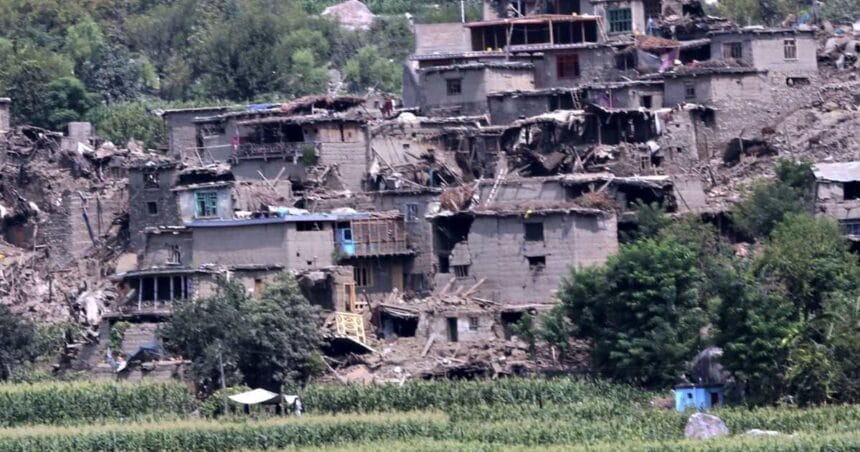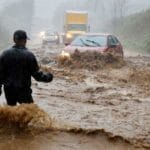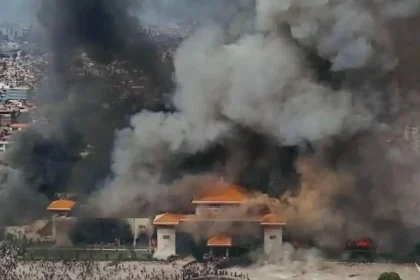A 6.0-magnitude earthquake struck near the Afghanistan–Pakistan border late Sunday, causing catastrophic damage in Kunar and Nangarhar provinces. The official death toll has risen to over 800, with more than 2,500 people injured. Villages have been destroyed, and rescue efforts are hampered by landslides and inaccessible terrain. The international community is being called on to help the overwhelmed Taliban government respond to one of the nation’s deadliest disasters in years.
Where and When the Earthquake Struck
The 6.0-magnitude quake occurred around 11:47 p.m. local time, approximately 17 miles east-northeast of Jalalabad. Because it was a shallow event at just 8 km deep, the impact was more destructive than deeper quakes.
Human Toll and Destruction
- Over 800 fatalities confirmed and 2,500+ injured.
- Entire mud-brick villages were flattened, trapping residents under rubble.
- UN estimates suggest more than 12,000 people have been directly affected.
Rescue Efforts Hindered by Terrain
Rescue teams face severe obstacles as landslides and washed-out roads have cut off many affected areas. Helicopters have been used to transport the severely injured to hospitals, while others are being reached on foot.
Strained Infrastructure and Humanitarian Fallout
Hospitals in nearby cities are overwhelmed, struggling to cope with the surge of patients. Afghanistan was already battling food shortages, refugee returns, and poverty, making this disaster even harder to manage.
Calls for International Solidarity
The Taliban government has appealed for urgent aid. The UN and several humanitarian agencies have pledged assistance, while neighboring countries are preparing to send emergency supplies.
What Comes Next
With rescue operations ongoing, the death toll is expected to rise further. Urgent needs include medical aid, clean water, shelter, and food. Long-term recovery will depend on rebuilding infrastructure and preparing for future disasters in these quake-prone regions.














